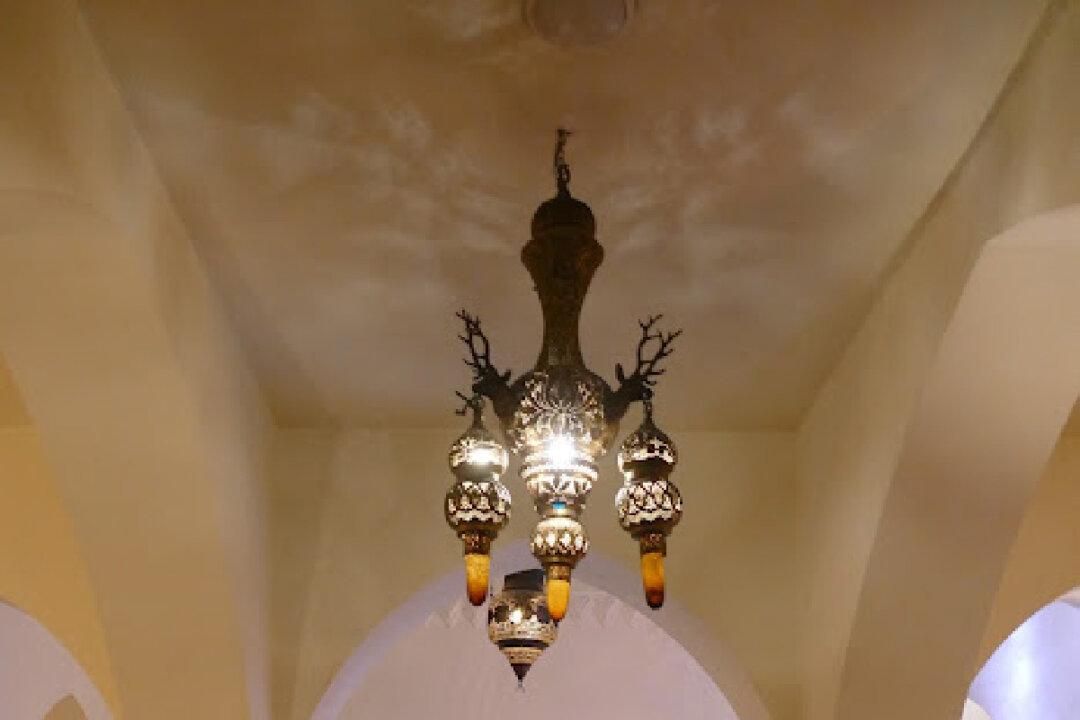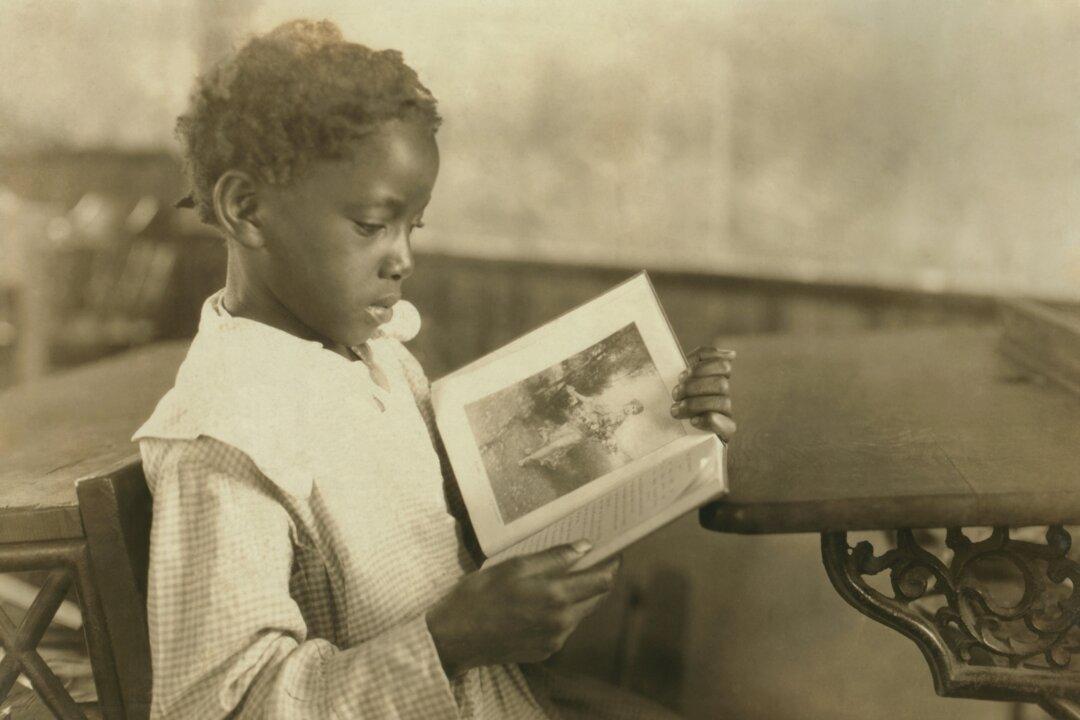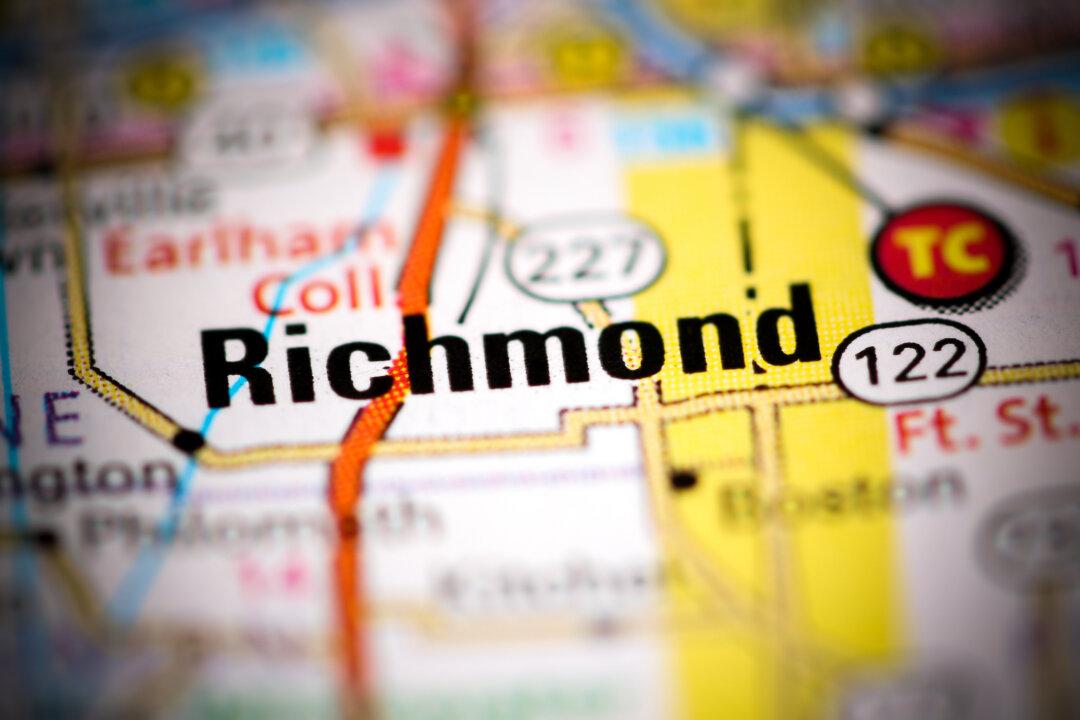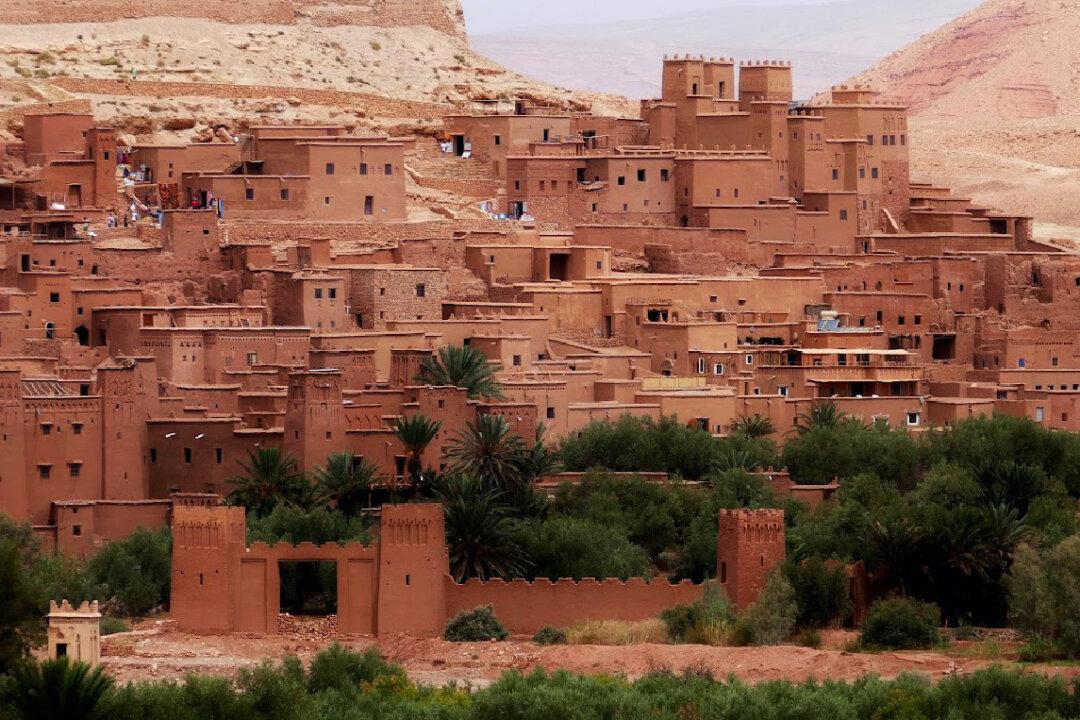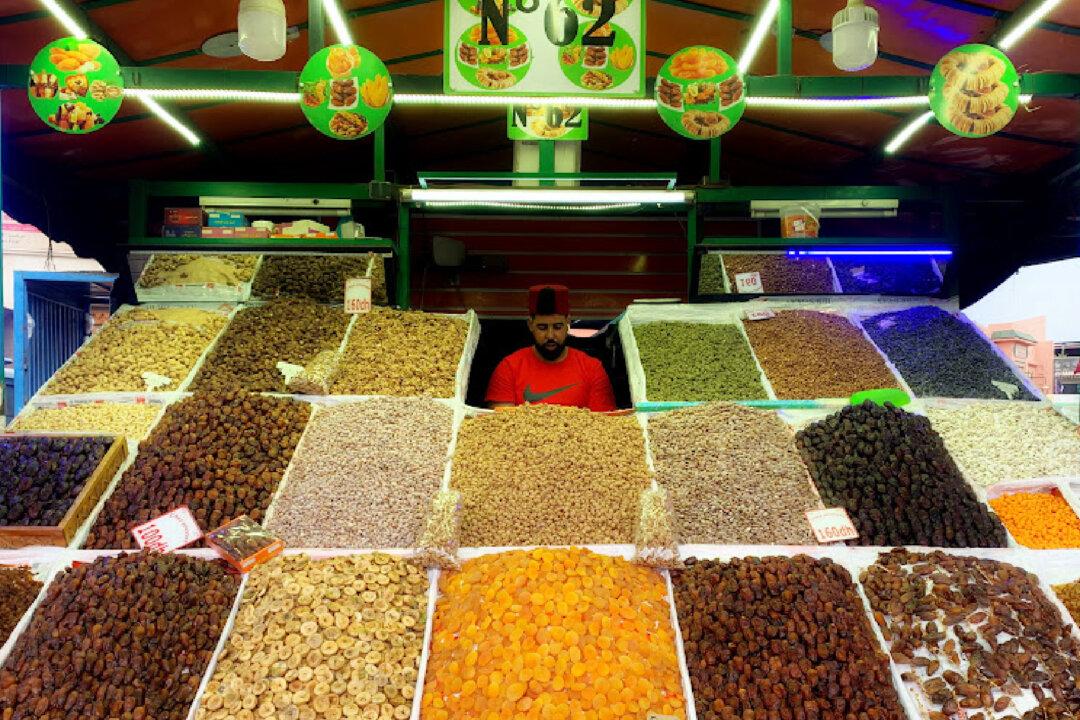When my husband and I tell our friends that we visited Casablanca during our recent trip to Morocco, the first question they ask is if we went to Rick’s, the bar where much of the action took place in the iconic “Casablanca” movie. It was one of our first questions, too, but our guide, Seddik Aassim, answered a bit evasively that the classic Ingrid Bergman-Humphrey Bogart film was made completely in Hollywood, so no one actually went to Rick’s. And in the very real city of Casablanca no such place existed.
It turns out there is such a bar and restaurant there now, but it’s the brainchild of Kathy Kriger, a former diplomat and commercial attache who figured out how to give travelers who asked about the spot what they wanted. She completely restored a traditional riad (a home built around an open courtyard) and established her restaurant there in 2004. The bar and dining room look exactly like the ones in the movie, and house musicians report that “As Time Goes By” is one of the most frequently requested songs they play.

